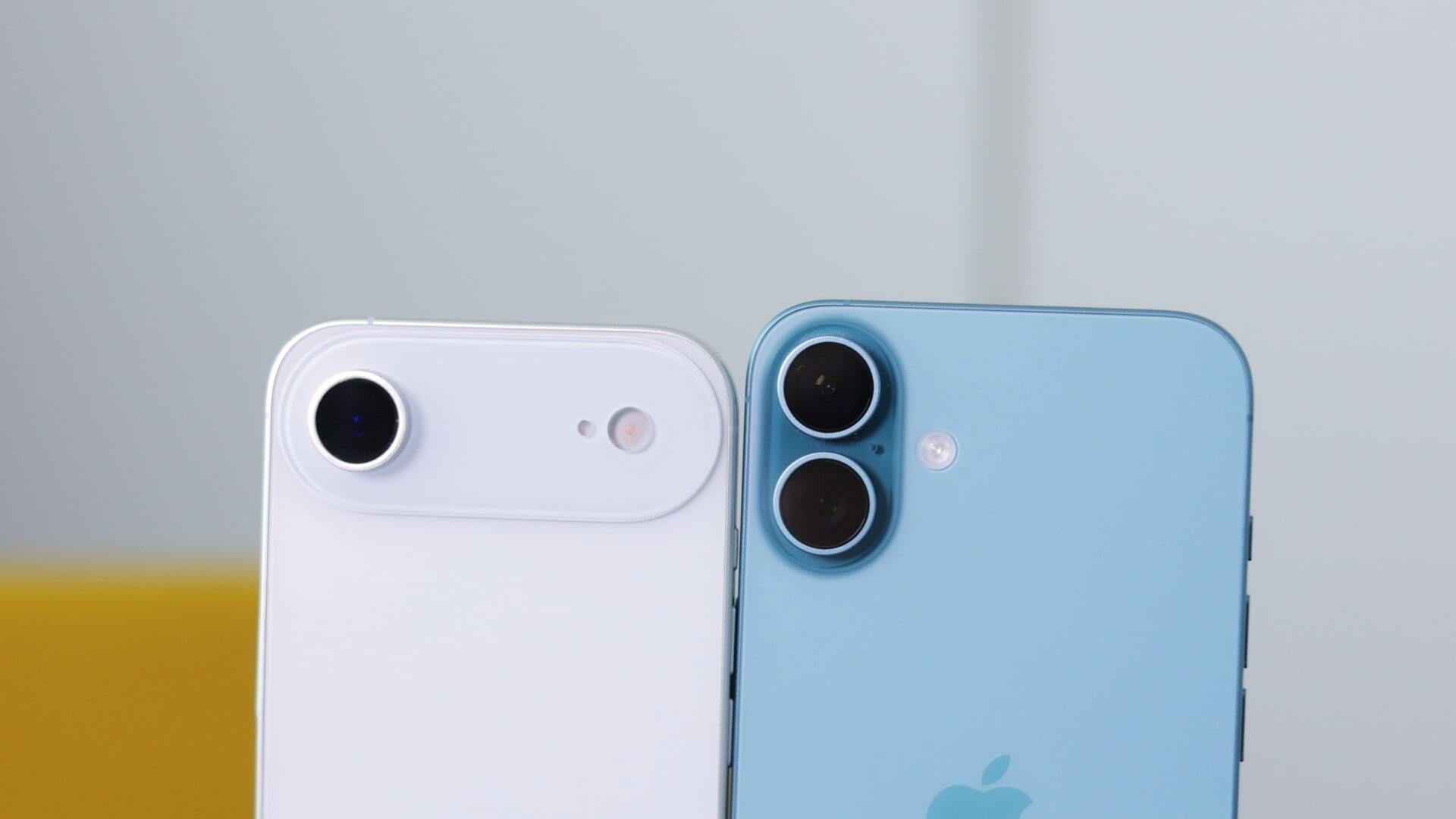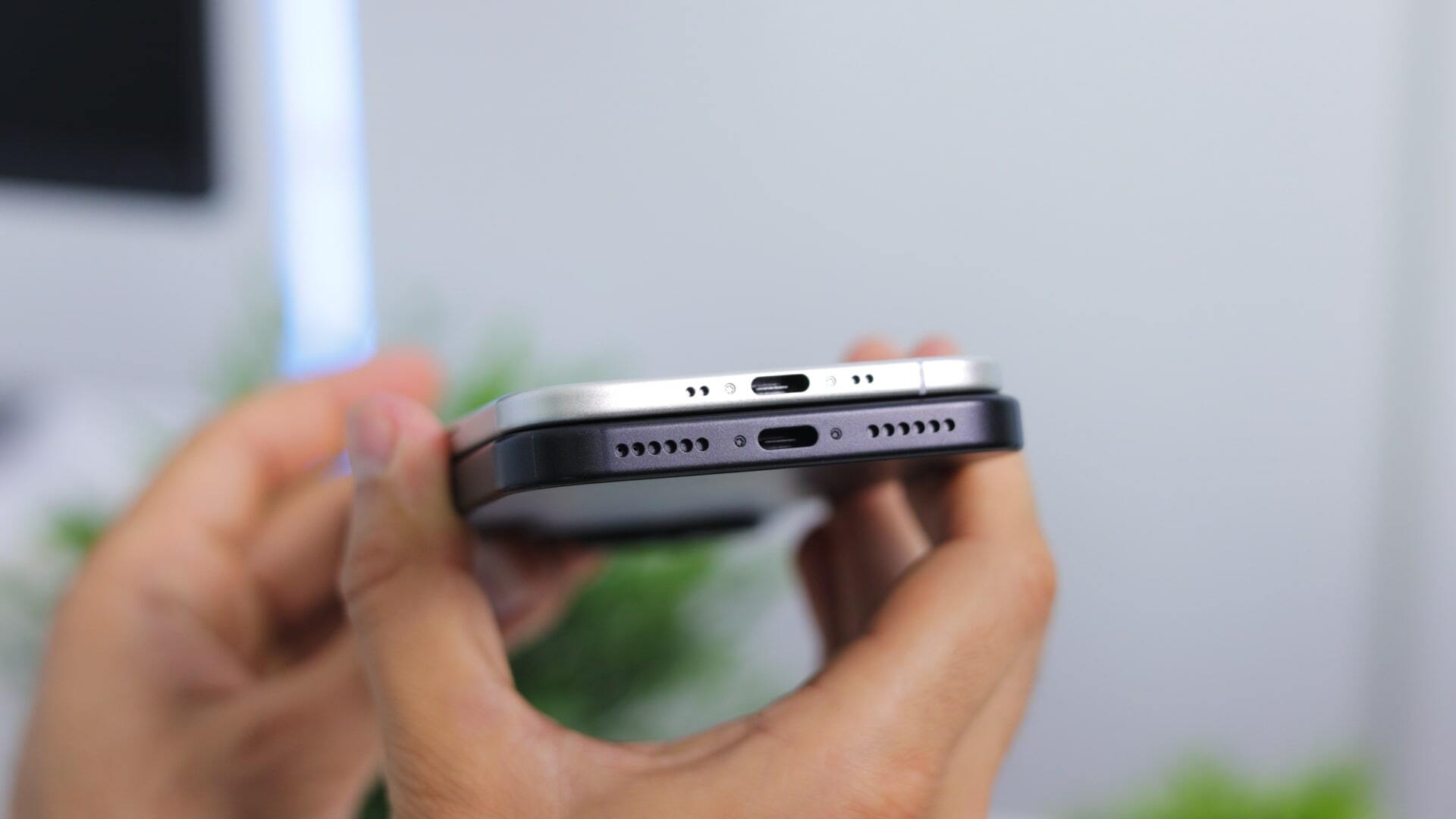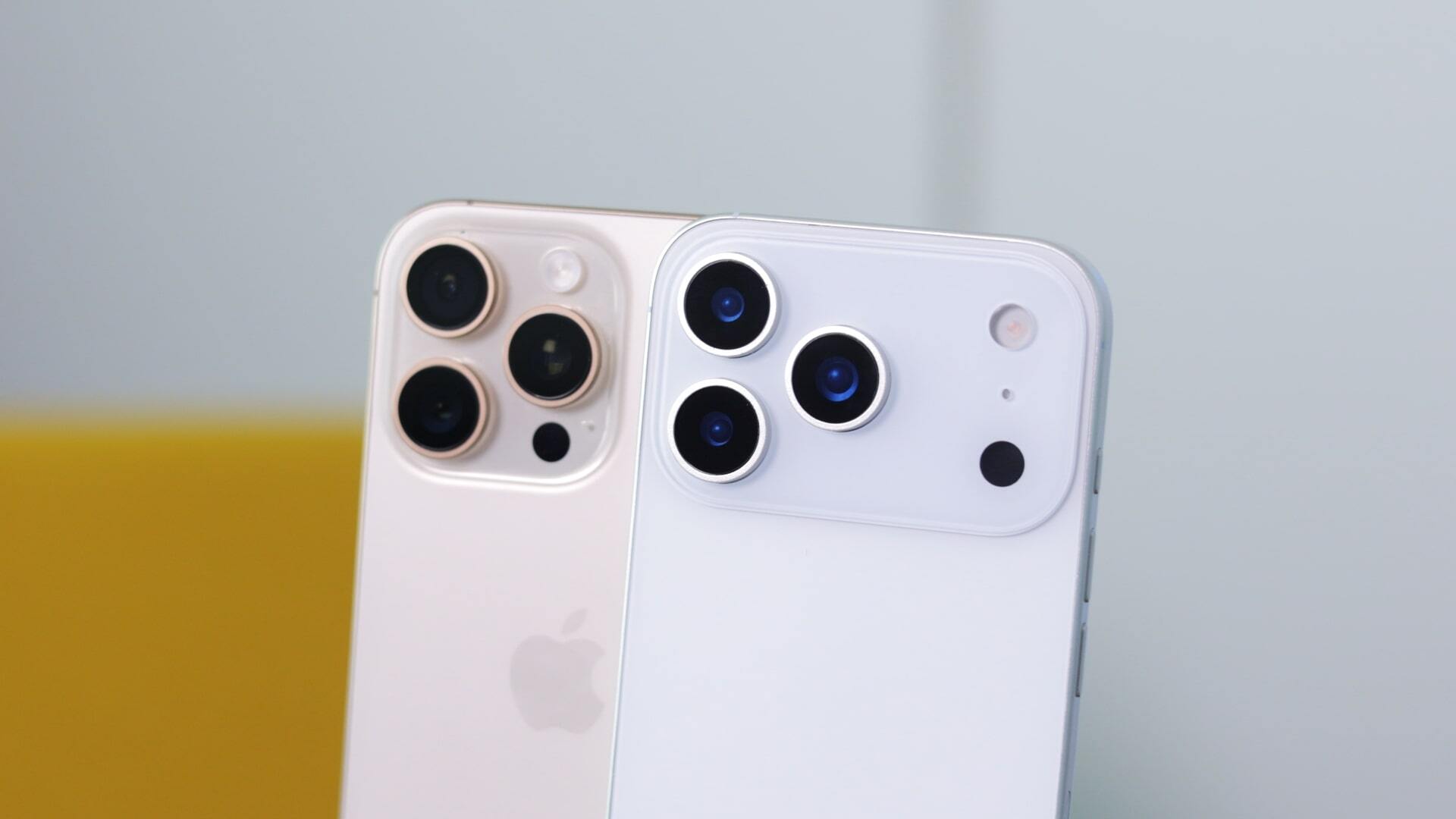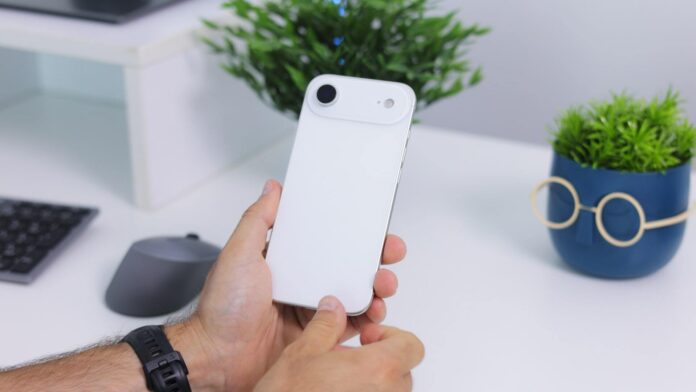That’s where the iPhone 17 enters the game – apparently, this little fella is also getting more expensive – by no less than $50, compared to its predecessor:
As the story has it, every model throughout Apple’s iPhone 17 lineup is going to get more expensive.
iPhone 17 dummy unit. | Image by PhoneArena
I’m not shocked. In fact, the $50 price tag bump almost seems like a small win to me. Before you draw your pitchforks and light those torches up, let me stress: I don’t plan to defend Apple. I’m well aware that Cupertino’s stuff can be ridiculously expensive. So much so that I have never bought an iPhone with my own money.
However, I can see how and why the iPhone 17‘s new, higher price is justified in the eyes of Tim Cook and Co. Let me tell you all about it.
iPhones and $$$

iPhone 17 dummy units. | Image by PhoneArena
Apple has always played in the premium space, and it’s never made apologies for that. The company sells not just phones, but a tightly controlled ecosystem wrapped in sleek materials and well-optimized hardware. And people buy into it – sometimes literally at a premium.Just look at what happened in 2023: a first-generation, factory-sealed iPhone sold at auction for a staggering $190,373. That’s not just brand loyalty – it’s cultural permanence. Although if you stopped at “cult”, you wouldn’t be 100% wrong, either.
To put things in perspective, the original iPhone launched in 2007 for $499. Adjusted for inflation, that’s about $775 in July 2025 dollars – not that much far away from the iPhone 16’s $799 start price.
But there’s another layer to the price bump: risk management. Apple, like other tech giants, is navigating an increasingly fragile global manufacturing landscape. With much of its iPhone production still rooted in China, any potential tariffs – especially in the 75% to 100% range being floated in US policy circles – would hit hard.
Apple has been shifting parts of its production to India, but if geopolitical tensions spill over there too, things could get just as messy. The extra $50 might be Apple’s way of hedging against these uncertainties. It’s not just about materials or labor – it’s about insulation from global shocks.
What more are we getting for the higher price?

The iPhone 17 Air dummy unit looks way thinner that a regular iPhone. | Image by PhoneArena
The iPhone 17 isn’t just more expensive – it’s clearly more ambitious. Even the base model, often treated as the “safe” option in past lineups, is shaping up to deliver some hardware upgrades.One standout change is the adoption of Samsung’s M14 OLED display across the entire lineup, including the standard model. That’s a leap over the M13 panels used previously, allegedly bringing higher brightness levels, longer display life, and lower energy consumption. It’s rare for Apple to offer top-tier display tech outside of the Pro models, so this shift suggests a more unified, high-quality experience across the board.
There’s also a bump in screen size for the regular iPhone 17, expected to grow from 6.12 inches to roughly 6.27 inches. Combined with a long-overdue upgrade to a 120Hz refresh rate across all models (not just the Pros) this means smoother visuals, better responsiveness, and a more premium feel no matter which version you buy. This alone addresses one of the biggest complaints users have had about base iPhones lagging behind Android competitors in display tech.
Under the hood, the regular iPhone 17 may ship with the A19 chip (the same as the rumored iPhone 17 Air) marking a shift in Apple’s typical strategy of giving base models the previous year’s chip. While it may stay at 8 GB of RAM, the Pro and Air variants could get 12 GB, pushing multitasking and AI features even further.
Combined with expected improvements in the selfie camera and a new Light Purple colorway for those looking for something different, the upgrades for the baseline model feel balanced. Better silicon, better screens, better design.
Even connectivity gets an overhaul with Wi-Fi 7 support, in-house Bluetooth, and potentially a custom C1 modem – part of Apple’s growing effort to own its hardware stack end-to-end. Altogether, it’s a more complete upgrade cycle than the iPhone 16, which focused more on refinement than reinvention.
Ready to break the bank?

An iPhone 17 Pro dummy unit and the iPhone 16 Pro. | Image by PhoneArena
If the price hike is $50, I’d say it’s not that shocking. The tariff war is not a joke (and nobody knows which way it’ll go) and everything is getting more expensive right now, not just phones.
But if Apple’s giving us better screens, faster chips, smoother scrolling, and fewer parts from third-party suppliers, maybe we’re not just paying $50 more – we’re expecting to get more. And hey, in 2025, that almost feels like a bargain. A $100 price hike would be a crime, though.
